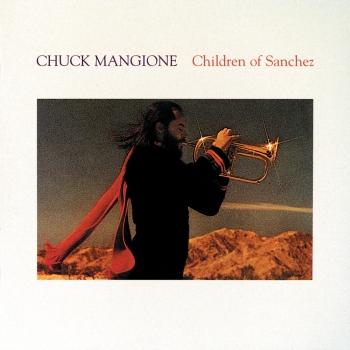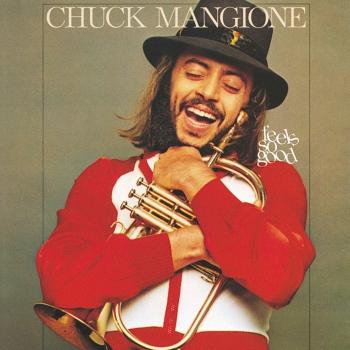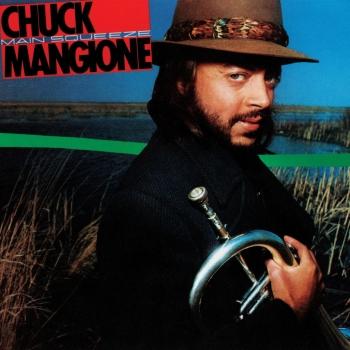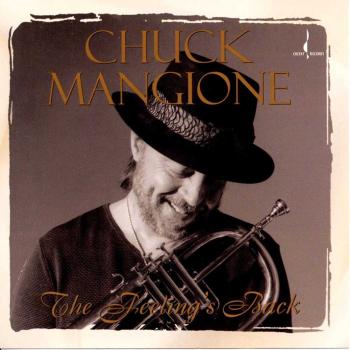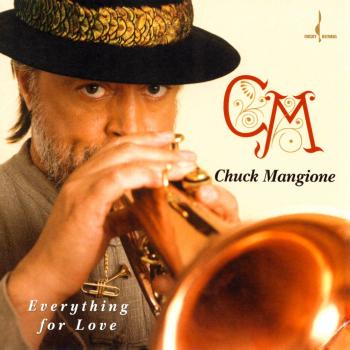Chuck Mangione
Biography Chuck Mangione
Chuck Mangione
has been chasing the clouds away with his music for more than five decades. He’s reached fans around the world with over 30 albums, striking gold and platinum in the process and earning him 13 Grammy nominations, winning two. His “Feels So Good” album became one of the most successful jazz records ever produced and millions of people heard Chuck perform “Give It All You Got” at the closing ceremonies of the1980 Winter Olympics at Lake Placid.
From his early days playing trumpet with the Jazz Brothers and on through Woody Herman, Maynard Ferguson and Art Blakey it was clear that with his creative talent the sky was the limit. As it turned out the sky wasn’t the limit when he blasted off on a Mercury mission called “Friends in Love.” It was his first time on a major record label (Mercury) and it earned him his first Grammy nomination. Just a few years later he would release one of his most popular albums, “Land of Make Believe,” making believers out of everyone with a second Grammy nomination.
Growing up in a home steeped in jazz, Chuck and his brother Gap would listen to their father’s jazz albums while other kids their age were listening to Elvis or Jerry Lee Louis. Their father encouraged the boys’ appreciation for jazz and would take them to Sunday afternoon matinees at jazz clubs around the city. It would not be uncommon for them to hear sets by Miles Davis, Sarah Vaughan, Sonny Rollins and Cannonball Adderly. Their father would invite these amazing artists to come home with them for a good home-cooked Italian meal. Of course, they were more than happy to eat home cooking after being on the road. Chuck grew up thinking everyone had Carmen McRae and Art Blakey over for dinner.
Mangione studied at the Eastman School of Music, graduating in 1963 with a Bachelors degree in music education. He returned to Eastman in 1968 to direct the fledgling Eastman Jazz Ensemble and expand the school’s jazz programs until 1972.
In 2009 this humble flugelhorn player became a national treasure, figuratively and in fact. Chuck signed away a cache of his music memorabilia to The Smithsonian National Museum of American History. Among the items donated are his signature brown felt hat, scores to his most important works, photos and albums, and even an animation cell from the King Of The Hill TV cartoon series in which he plays himself promoting the discount home center Mega-Lo Mart.
To all his success Chuck has said, “If you’re honest and play with love, people will sit down and listen… my music is the sum of all I have experienced.”










